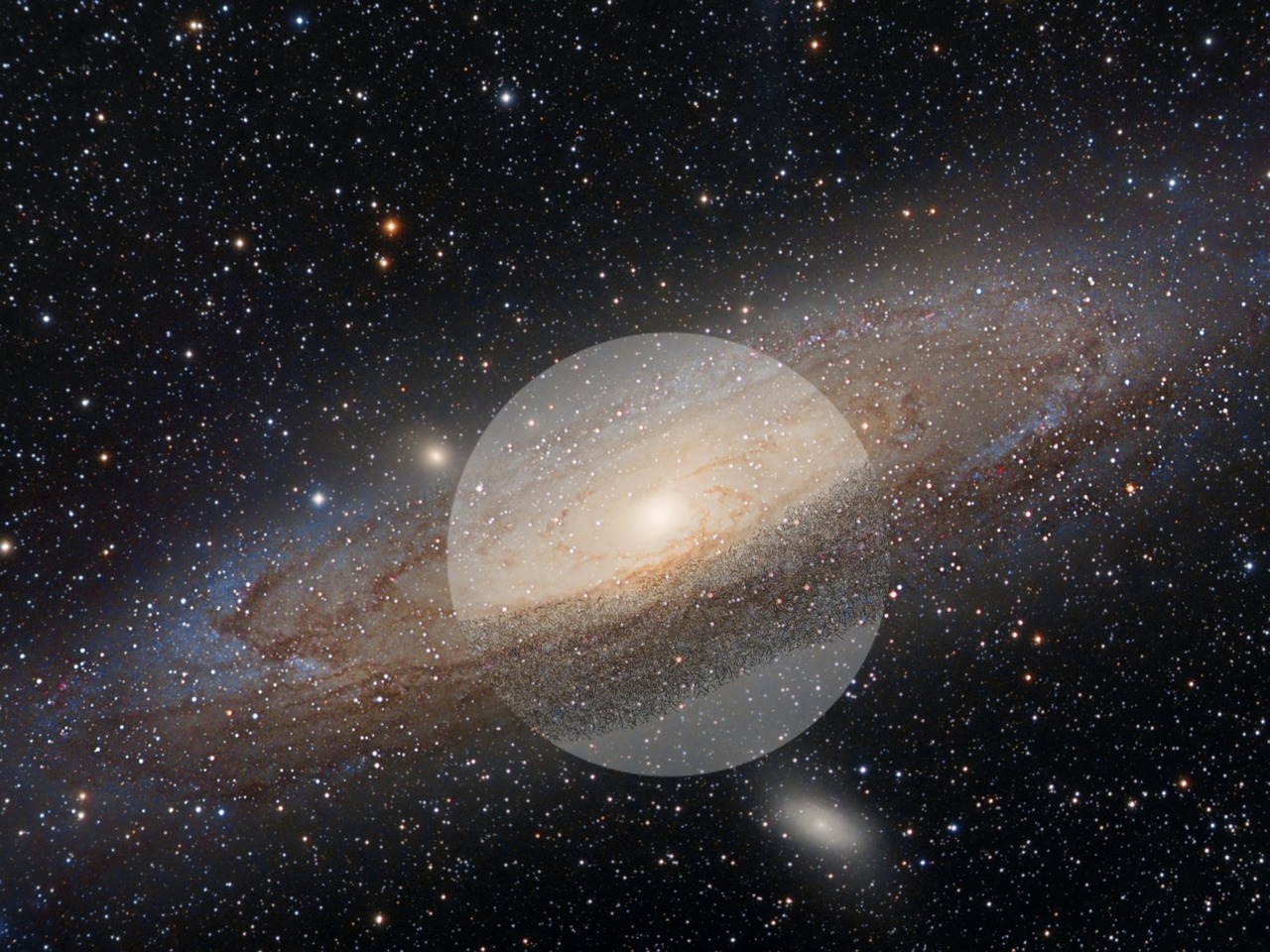
US researchers have discovered 20 new moons orbiting Saturn, making it the planet with the most moons, overtaking Jupiter.
A team of US researchers found the new moons using Subaru telescope on Maunakea, Hawaii, bringing Saturn's total of moons to 82, compared to Jupiter's existing 79 moons. These newly-discovered natural satellites are around 5 kilometers in diameter, with 17 of them orbiting the planet in a retrograde direction.
While the other 17 moons are orbiting Saturn backwards, the other three are moving in a prograde direction, similar direction to the planet's rotation. The retrograde moons and one prograde moon take over three years to complete a single orbit.
Since the late 1990s, Jupiter has been considered the planet with the most known moons.
Lead researcher Dr. Scott Sheppard from the Carnegie Institution for Science in Washington D.C. said: "Studying the orbits of these moons can reveal their origins, as well as information about the conditions surrounding Saturn at the time of its formation."
The new outer moons appear to be grouped into three distinct clusters, based on the inclinations of the angles at which they orbit the planet, and scientists think they are the scattered remains of at least three larger bodies.
According to the researchers, the larger moons were broken up by collisions either from other moons or with external objects such as passing asteroids. One of the new retrograde moons is now the farthest known satellite of Saturn.
Sheppard added: "These moons have fairly inclined orbits to Saturn and are pretty far out, so we don't think they formed with the planet, we think they were captured by the planet in the past. If an asteroid happens to be passing by, you can't capture it today because you can't dissipate its energy."
The discoveries were thanks to new computing algorithms to data gathered between 2004 and 2007 combined with the Subaru telescope.






